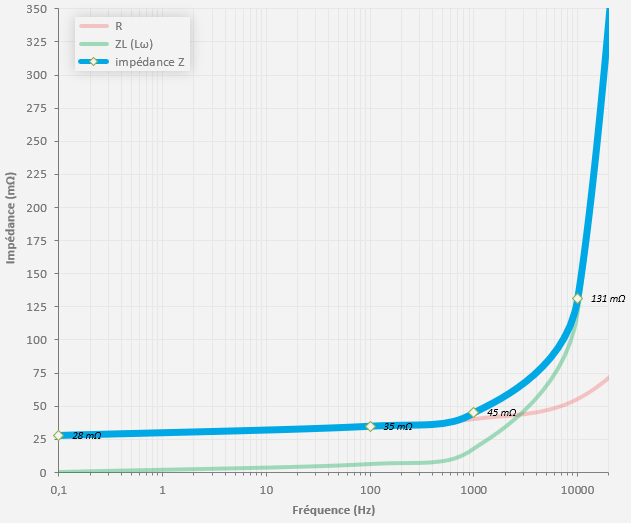The cable is the interface to electrically connect the amplifier with the Speaker System. The function of the cable is to carry the music signal (voltage) modulated by the amplifier.
Easy to implement
In terms of design, the recital acoustic enclosure is perfectly neutral, balanced and noise free. Therefore, in order to make full use of these advantages without damaging the original neutrality of the speakers, we recommend the use of high-quality and low resistivity cables.
Recital Hi-Fidelity speakers are designed and optimized for simple single wire connection. All speakers have a pair of terminals and can accommodate standard 4mm "banana" fork or plug. In order to ensure the best operation of the enclosure, the cable shall have appropriate size, appropriate length and section, and simple, efficient and durable connection.
Cable selection
The size of the cable depends on the length of the cable and certain characteristics of the acoustic enclosure, such as power (rating and peak) and the "view" impedance curve of the cable. The following table lists the minimum copper section recommended according to the cable length and acoustic enclosure; Mutine EX, Define, Illumine, Recital Icone or Recital Air.
Cable length and section Mutine EX Define Illumine Recital Icone Recital Air.
Length ≤ 1.5m 0.5mm² 0.5mm² 0.8mm² 0.7mm² 0.7mm²
1.5m < length ≤ 2.5m 0.8mm² 0.9mm² 1.3mm² 1.0mm² 1.0mm²
2.5m < length ≤ 3.5m 1.1mm² 1.2mm² 1.8mm² 1.4mm² 1.4mm²
3.5m < length ≤ 4.5m 1.4mm² 1.5mm² 2.3mm² 1.8mm² 1.8mm²
Length > 4.5m 1.8mm² 1.8mm² 2.8mm² 2.3mm² 2.3mm²
These dimensions will allow your Recital acoustic speakers to restore all their dynamic and original tone balance to + / - 0.075db over the entire bandwidth. In practice, only one standard section (1mm², 1.5mm², 2.5mm², 4mm²) needs to be selected, which is at least larger than the section recommended in the above table.
What are the effects of cables?
In practice, the main characteristic of acoustic enclosure cable is its z impedance, and its physical quantity is the sum of two components (complex): resistivity R and inductive impedance ZL. These two components change with the change of frequency, which is caused by various simple physical phenomena, such as the influence of skin effect on resistance, or the influence of inductance on inductance impedance.
This is the impedance curve of Zr and l; The length is 2.5m and the copper section is 4mm². Even if you observe a change in the curve, it has little effect on the behavior of your acoustic speaker, because at low frequencies, the impedance of the cable is negligible, while at high frequencies, the increase in impedance is absorbed by taking it into account in the acoustic tuning of the speaker.


